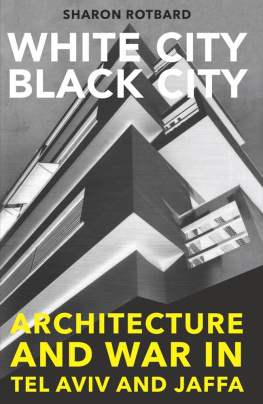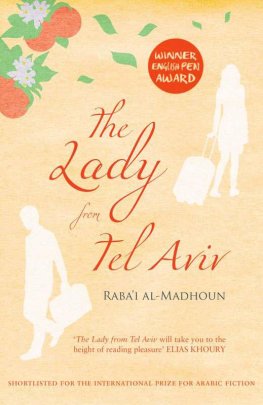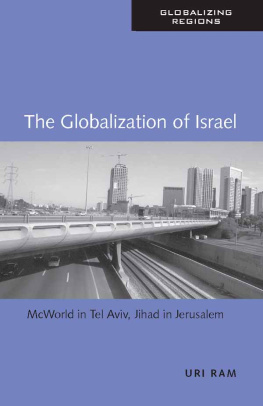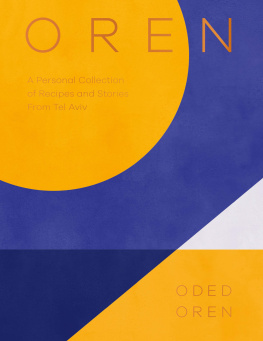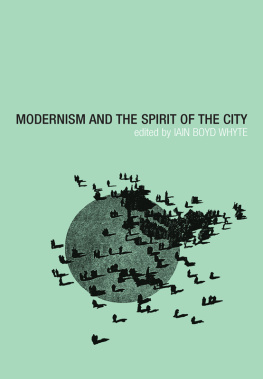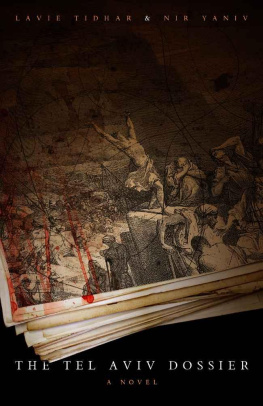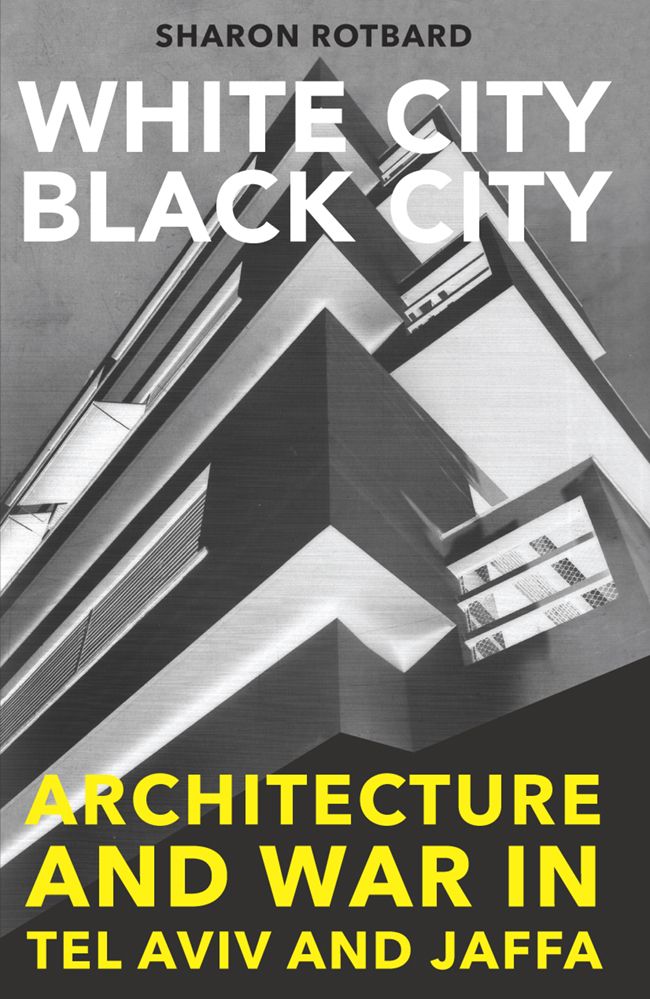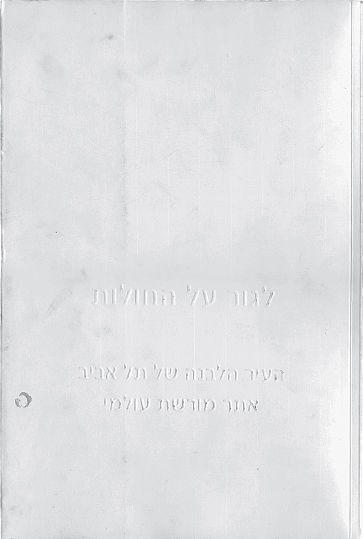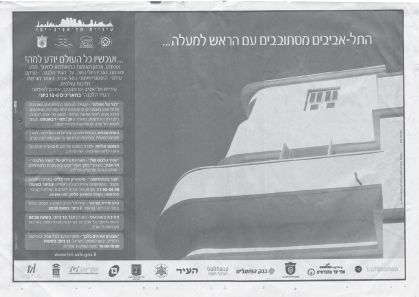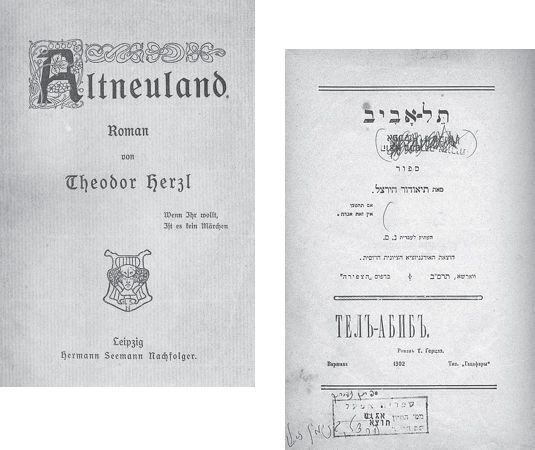Sharon Rotbard - White City, Black City: Architecture and War in Tel Aviv and Jaffa
Here you can read online Sharon Rotbard - White City, Black City: Architecture and War in Tel Aviv and Jaffa full text of the book (entire story) in english for free. Download pdf and epub, get meaning, cover and reviews about this ebook. year: 2015, publisher: The MIT Press, genre: Romance novel. Description of the work, (preface) as well as reviews are available. Best literature library LitArk.com created for fans of good reading and offers a wide selection of genres:
Romance novel
Science fiction
Adventure
Detective
Science
History
Home and family
Prose
Art
Politics
Computer
Non-fiction
Religion
Business
Children
Humor
Choose a favorite category and find really read worthwhile books. Enjoy immersion in the world of imagination, feel the emotions of the characters or learn something new for yourself, make an fascinating discovery.
- Book:White City, Black City: Architecture and War in Tel Aviv and Jaffa
- Author:
- Publisher:The MIT Press
- Genre:
- Year:2015
- Rating:5 / 5
- Favourites:Add to favourites
- Your mark:
White City, Black City: Architecture and War in Tel Aviv and Jaffa: summary, description and annotation
We offer to read an annotation, description, summary or preface (depends on what the author of the book "White City, Black City: Architecture and War in Tel Aviv and Jaffa" wrote himself). If you haven't found the necessary information about the book — write in the comments, we will try to find it.
The history of Tel Aviv, presented for a moment as an architectural history, can be seen as a part of a wider process in which the physical shaping of Tel Aviv and its political and cultural construction are intertwined, and plays a decisive role in the construction of the case, the alibi, and the apologetics of the Jewish settlement across the country. -- White City, Black City
In 2004, the city of Tel Aviv was declared by UNESCO a World Heritage Site, an exemplar of modernism in architecture and town planning. Today, the Hebrew city of Tel Aviv gleams white against the desert sky, its Bauhaus-inspired architecture betraying few traces of what came before it: the Arab city of Jaffa. In White City, Black City, the Israeli architect and author Sharon Rotbard offers two intertwining narratives, that of colonized and colonizer. It is also a story of a decades-long campaign of architectural and cultural historical revision that cast Tel Aviv as a modernist white city emerging fully formed from the dunes while ignoring its real foundation -- the obliteration of Jaffa. Rotbard shows that Tel Aviv was not, as a famous poem has it, built from sea foam and clouds but born in Jaffa and shaped according to its relation to Jaffa. His account is not only about architecture but also about war, destruction, Zionist agendas, erasure, and the erasure of the erasure.
Rotbard tells how Tel Aviv has seen Jaffa as an inverted reflection of itself -- not shining and white but nocturnal, criminal, dirty: a black city. Jaffa lost its language, its history, and its architecture; Tel Aviv constructed its creation myth. White City, Black City -- hailed upon its publication in Israel as path-breaking, brilliant, and a masterpiece -- promises to become the central text on Tel Aviv.
Praise for the Israeli edition of White City, Black City
A path-breaking and brilliant analysis. -- Eyal Weizman, author of Hollow Land
A challenging book that deserves to be read and argued. -- Tom Segev, Haaretz
Sharon Rotbard: author's other books
Who wrote White City, Black City: Architecture and War in Tel Aviv and Jaffa? Find out the surname, the name of the author of the book and a list of all author's works by series.

